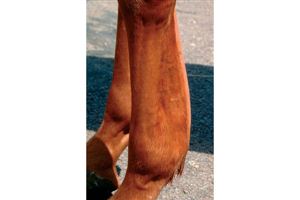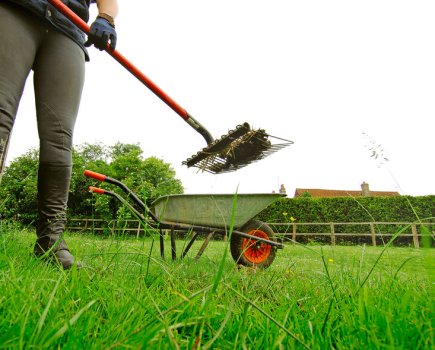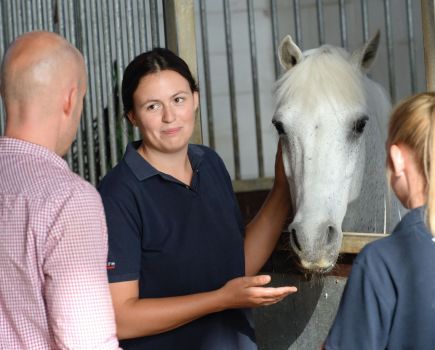See a swelling on your horse’s leg and your first reaction might be to panic – will it take ages to mend, cost me a fortune and potentially affect his future? But don’t panic. With good management, most leg problems can be prevented and early intervention from your vet will more often than not lead to successful treatment.
 What is it?
What is it?
This is a broad term referring to the inflammation of a tendon. Tendon injuries are one of the most common musculoskeletal problems. The superficial digital flexor tendon (SDFT) is the most frequently affected tendon, with the injury usually occurring at the mid-canon level. Tendonitis can be caused by both intrinsic (strain or displacement) and extrinsic (bruising, penetration, laceration) factors. Intrinsic problems are common in equine athletes, but rare in ponies.
Diagnosis and treatment
In most cases, heat, pain and swelling of the SDFT can be felt over the back of the canon bone. Severe cases will have a ‘bowed’ appearance and may also show over-extension of the fetlock joint when the horse puts his weight on the leg. The degree of lameness is related to the degree of inflammation and not necessarily the extent of the actual tendon damage, so investigation is important. Ultrasonographic examination of the tendons is the best way to confirm the type and extent of the injury. The best time for the first ultrasound scan is between four and seven days after the injury.
The leg should then be scanned at regular intervals to monitor healing. Numerous treatments have been described for tendonitis. During the acute stage (up to three days after injury), cold therapy, support bandages, rest and anti-inflammatories are recommended. There are also a variety of medications for direct administration into the tendon.
Recently, the use of stem cells has received particular interest. These cells are the precursors to all the cells in the body. The benefit of their use in tendon injuries is related to the method of tendon repair. Tendons are unable to regenerate new fibres following injury and instead heal through the formation of scar tissue. Stem cells are stimulated to become new tendon cells (tenocytes), which means the tendon heals through regeneration of normal fibres instead of scar tissue. Scar tissue is prone to injury again, so the use of stem cells could help the horse stay sound. However, the mainstay of treatment for tendonitis remains the controlled return to exercise. The timing and intensity of this should be dictated by the ultrasonographic appearance of the affected tendon.
Prevention
Appropriate early conditioning of young horses will improve the quality of the growing tendon tissue, making them more resistant to subsequent injury. Careful attention should also be paid to speed, ground surface, fatigue, shoeing and weight of rider. Protective boots will help prevent extrinsic causes of tendonitis.








